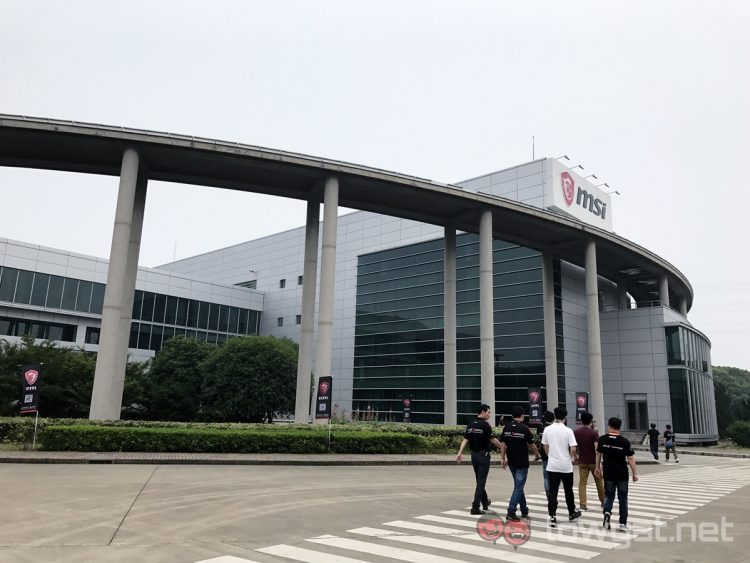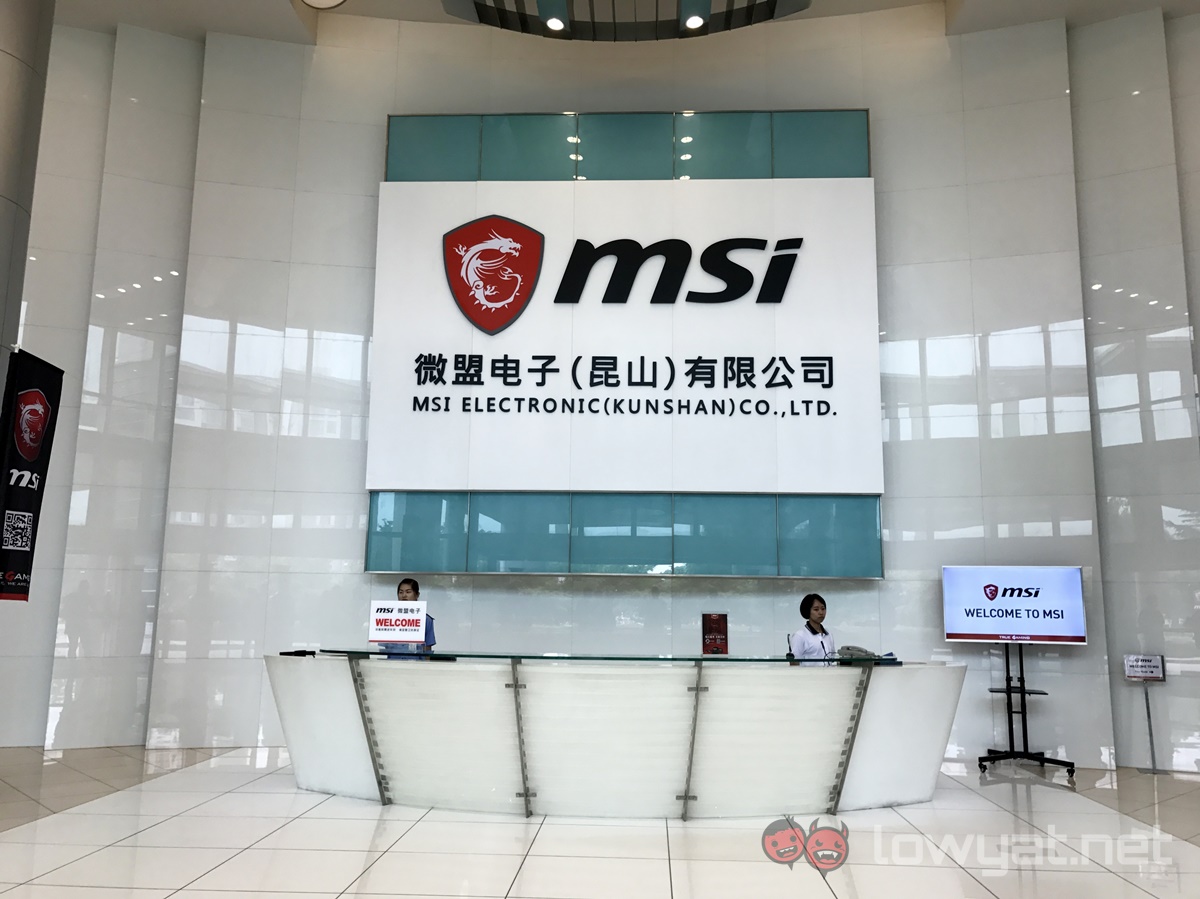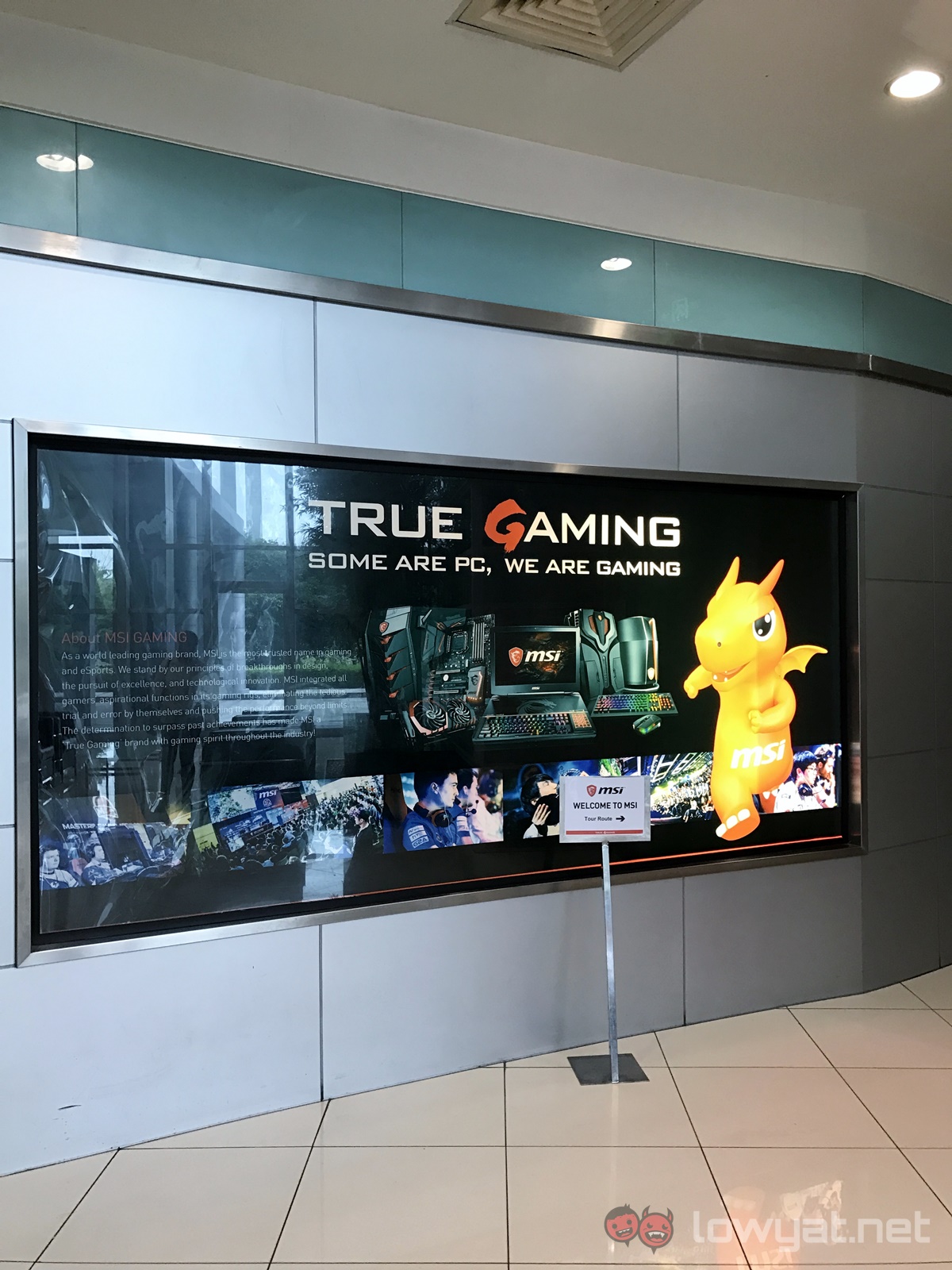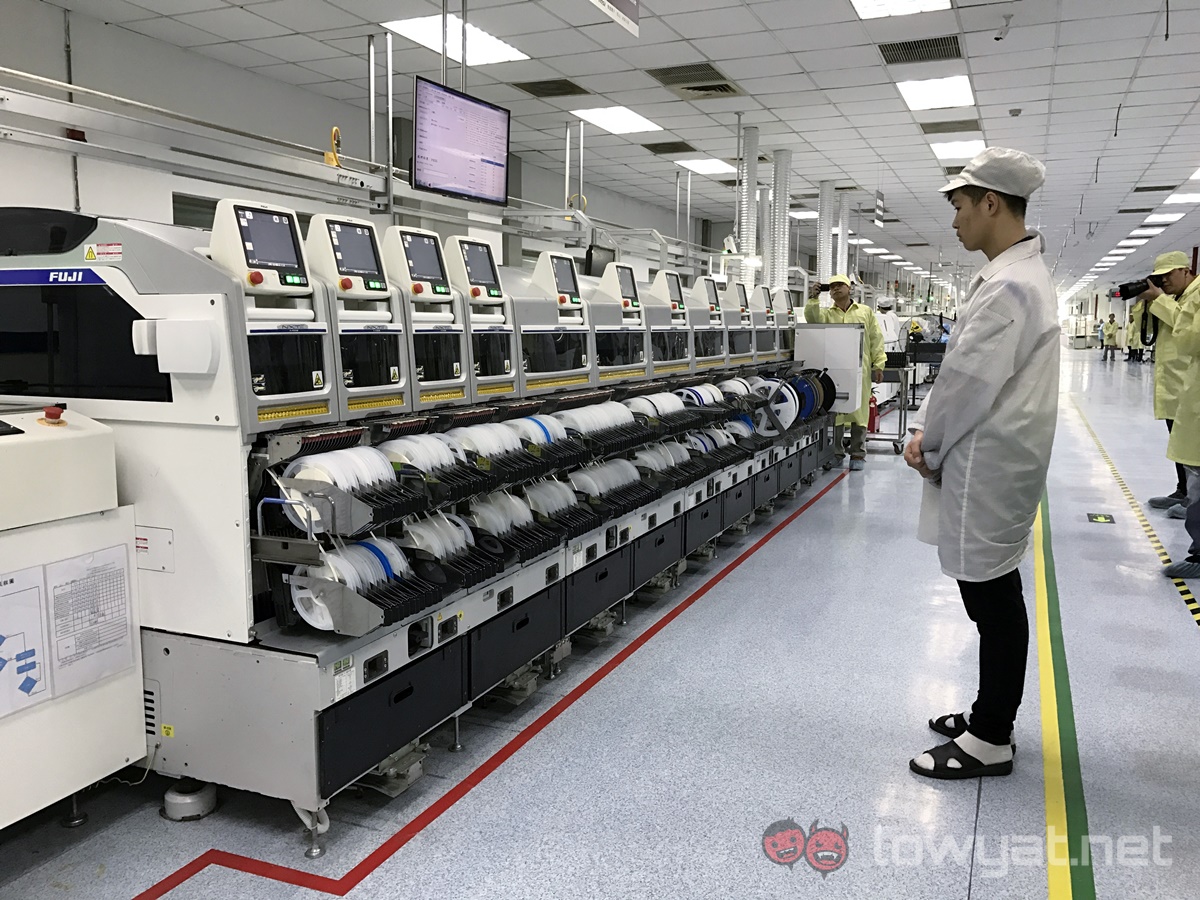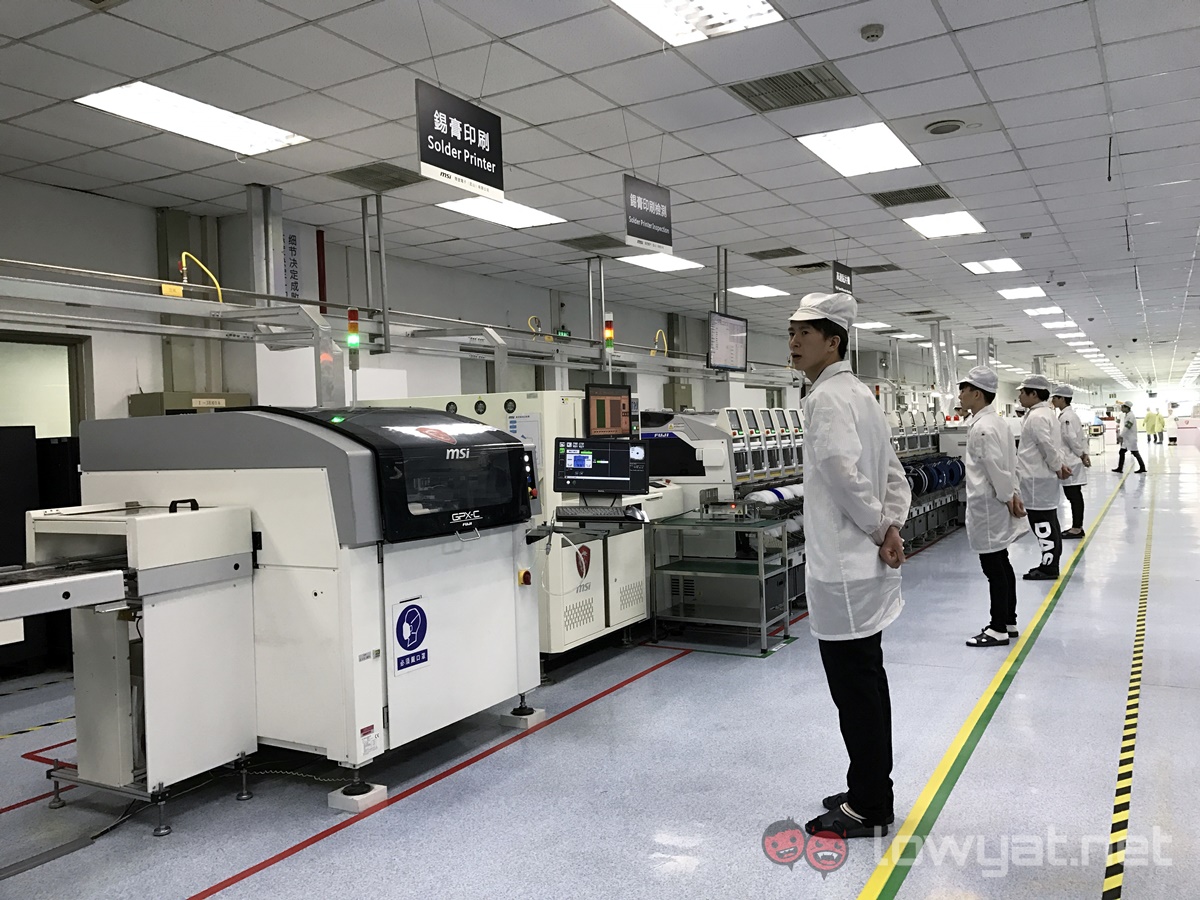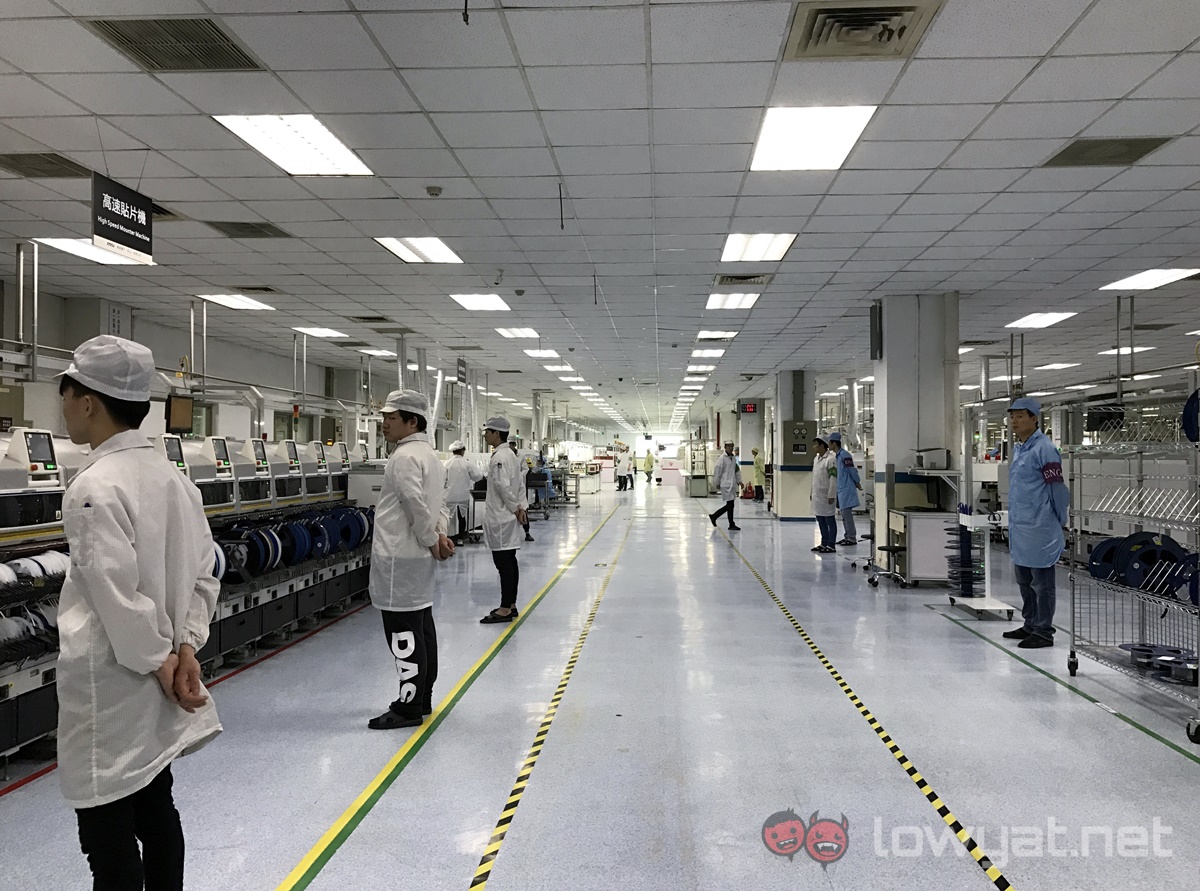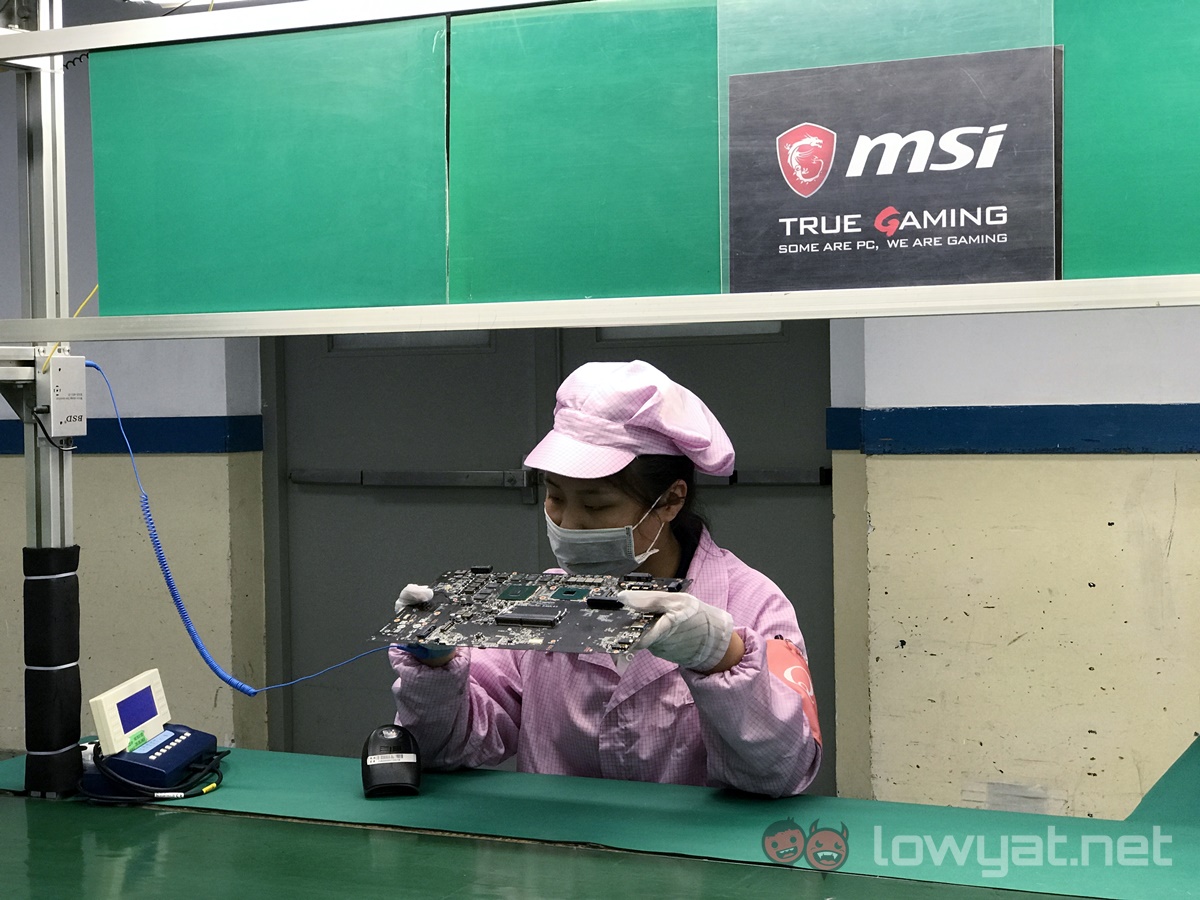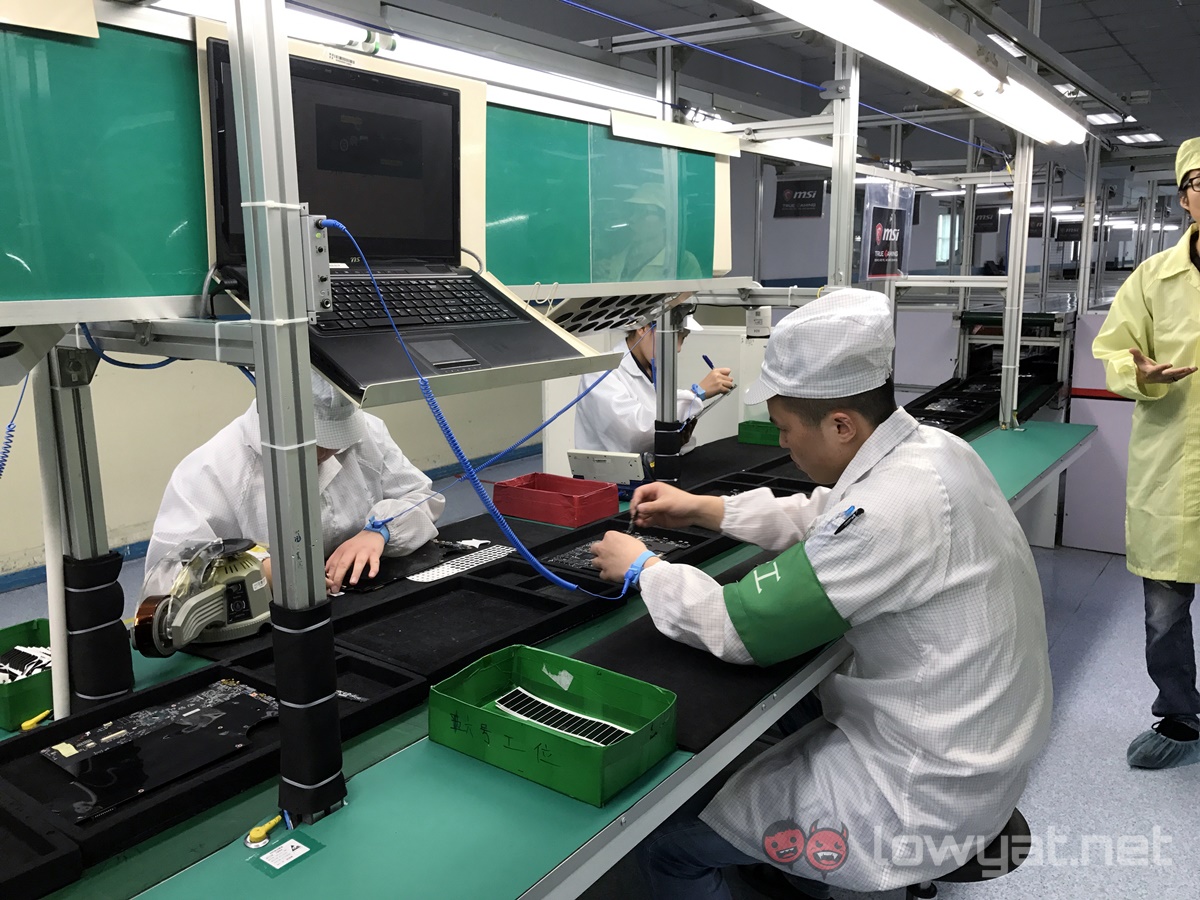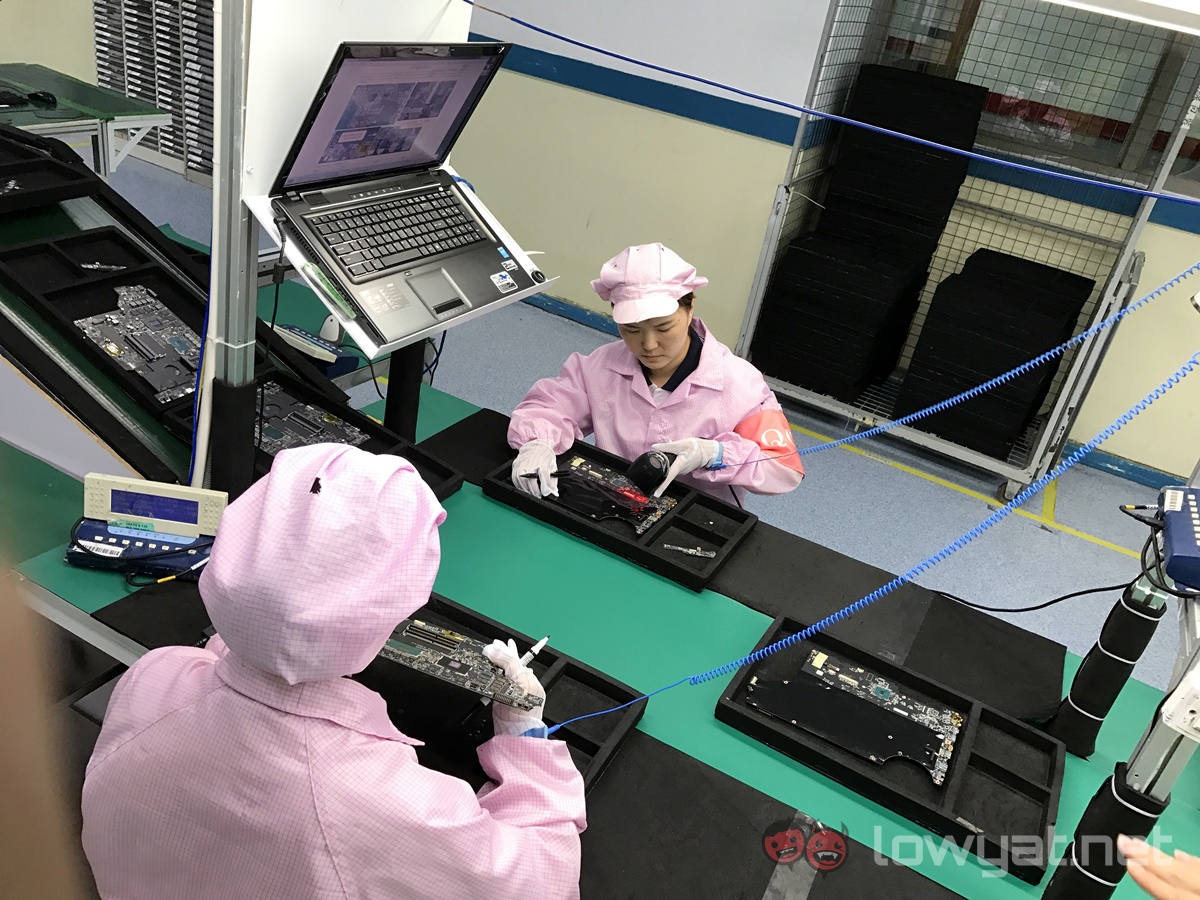MSI is well known for producing powerful gaming laptops, and the company holds its products above the competition with a combination of no-compromise internals and high quality manufacturing.
To demonstrate this, the company invited us over to one of its largest manufacturing plants in Kunshan, two hours off of Shanghai, China, to see for ourselves how MSI manufactures and stress tests its products before they even hit the shelves.
The MSI Kunshan plant houses two factories and an R&D centre spread across 750 acres of land. A majority of the manufacturing lines are dedicated to manufacturing motherboards, while the rest manufacture the LCD panels as well as the overall assembly of the notebooks.

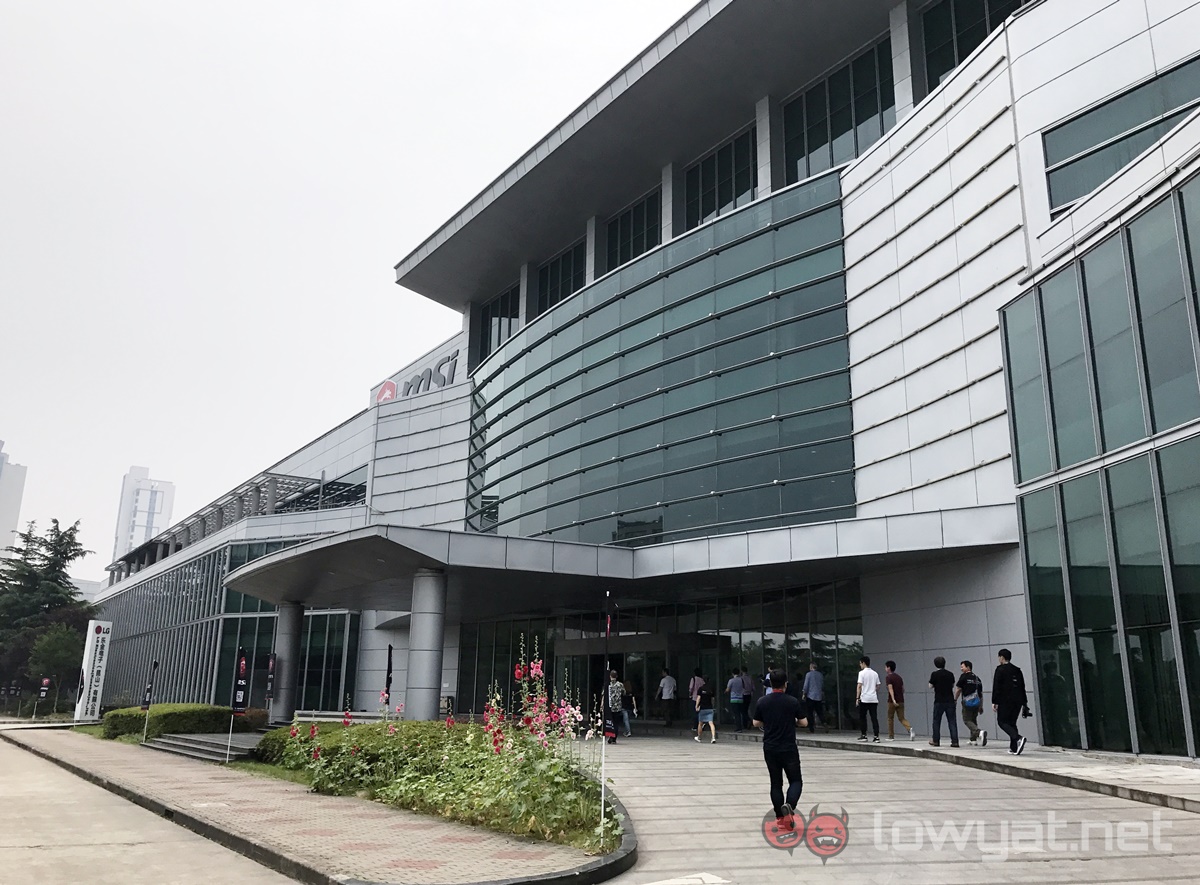 One of the two factories in the MSI Kunshan plant.
One of the two factories in the MSI Kunshan plant.
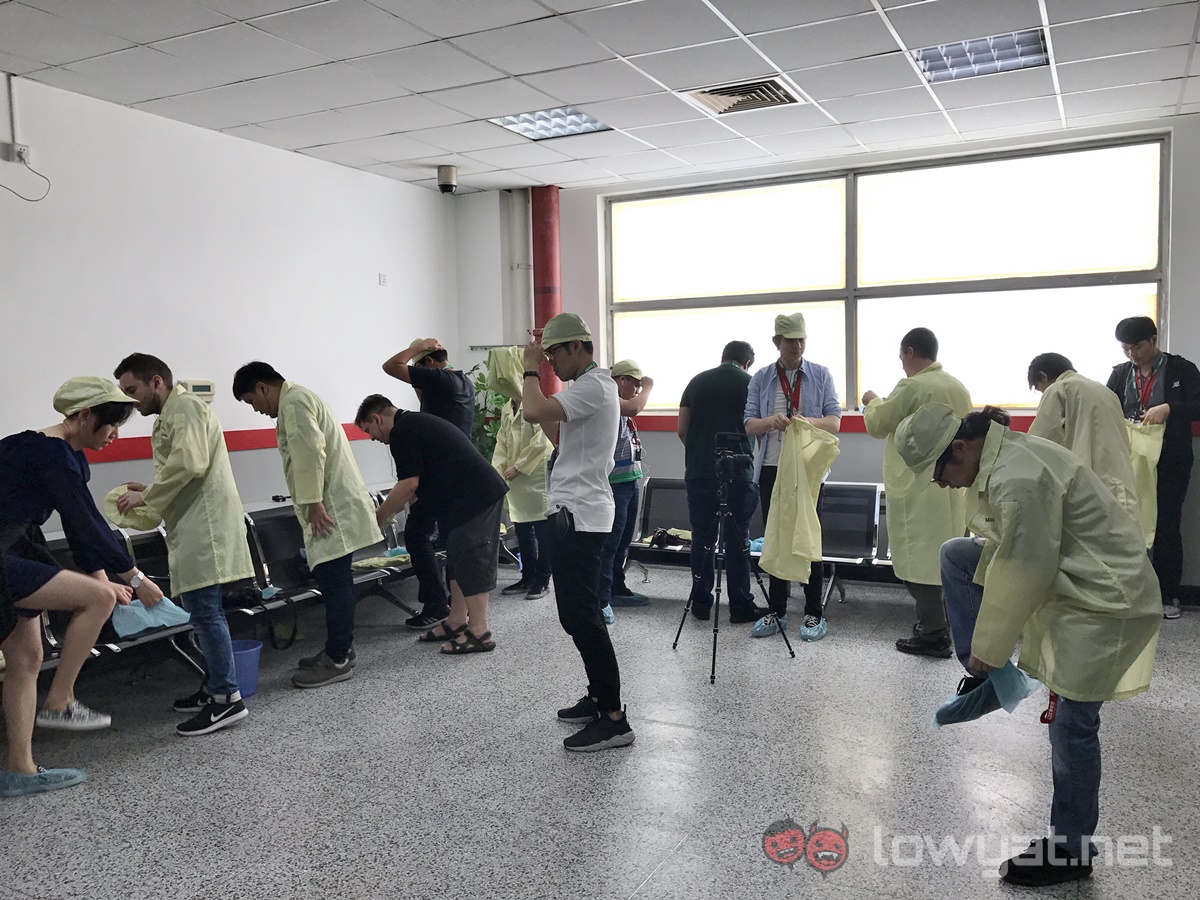 As is the case with manufacturing plants, visitors must put on anti-static apparel and shoe covers before entering the manufacturing lines.
As is the case with manufacturing plants, visitors must put on anti-static apparel and shoe covers before entering the manufacturing lines.
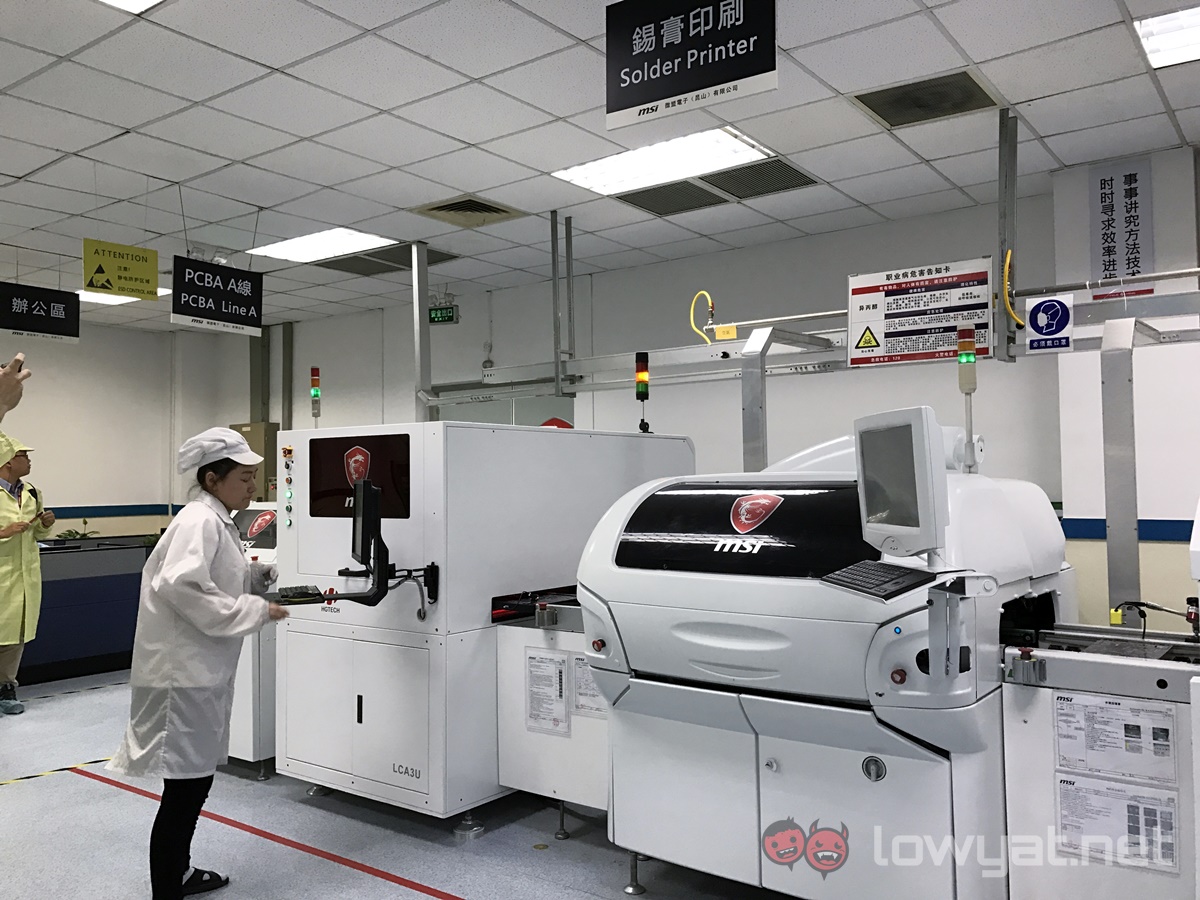 The first stage of manufacturing the motherboards is the printing of the PCBs.
The first stage of manufacturing the motherboards is the printing of the PCBs.
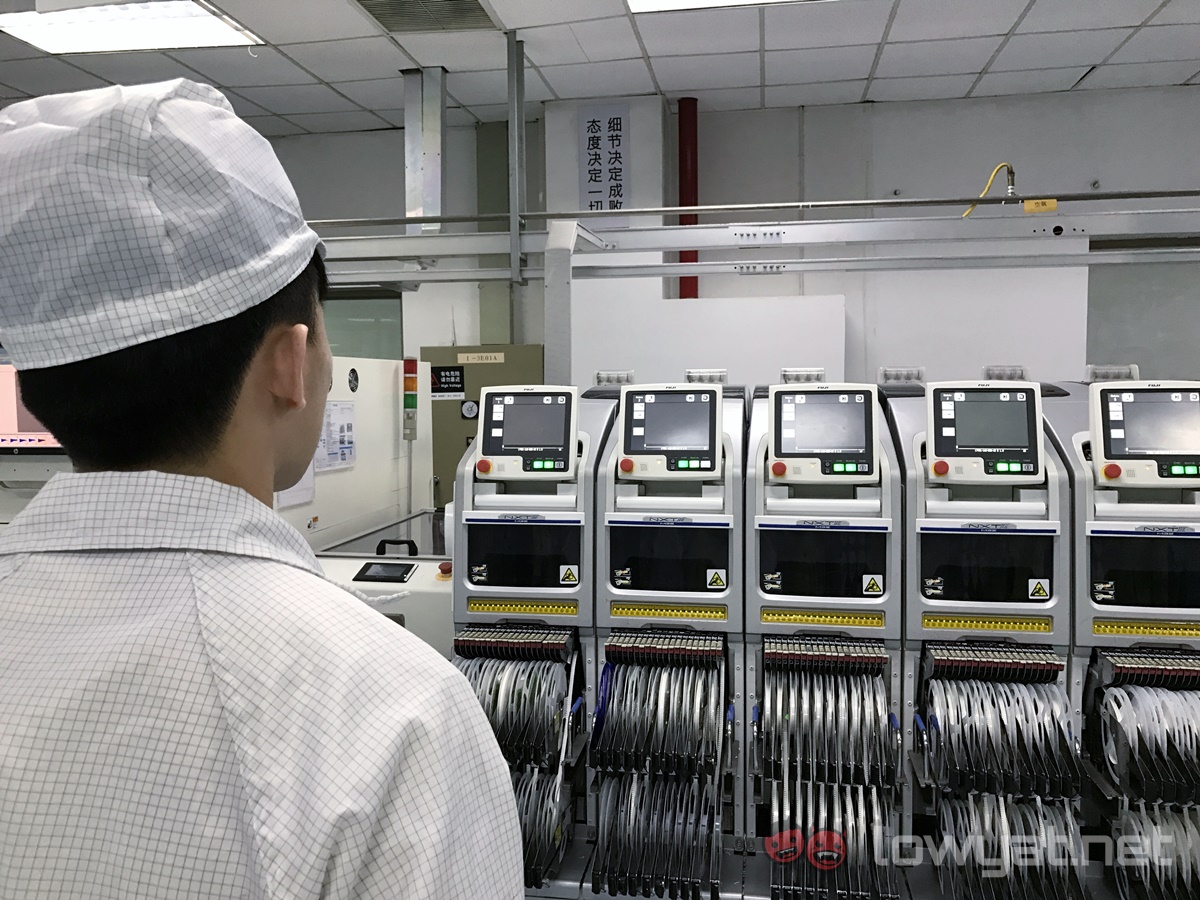 At each station, employees are required to literally keep an eye for any errors that may occur during the printing process.
At each station, employees are required to literally keep an eye for any errors that may occur during the printing process.
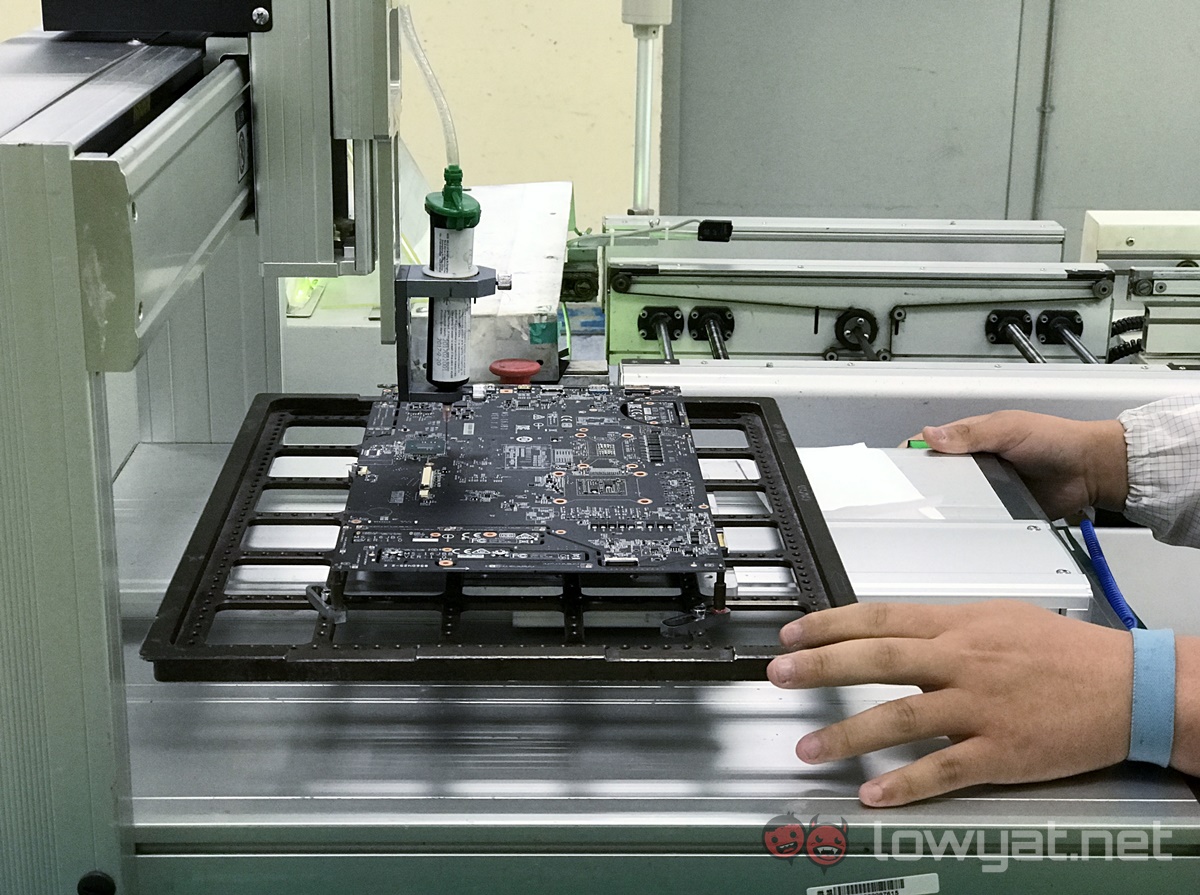 The completed barebone PCB that will make up the motherboards are then inspected by hand for any defects, before being passed to the next station.
The completed barebone PCB that will make up the motherboards are then inspected by hand for any defects, before being passed to the next station.
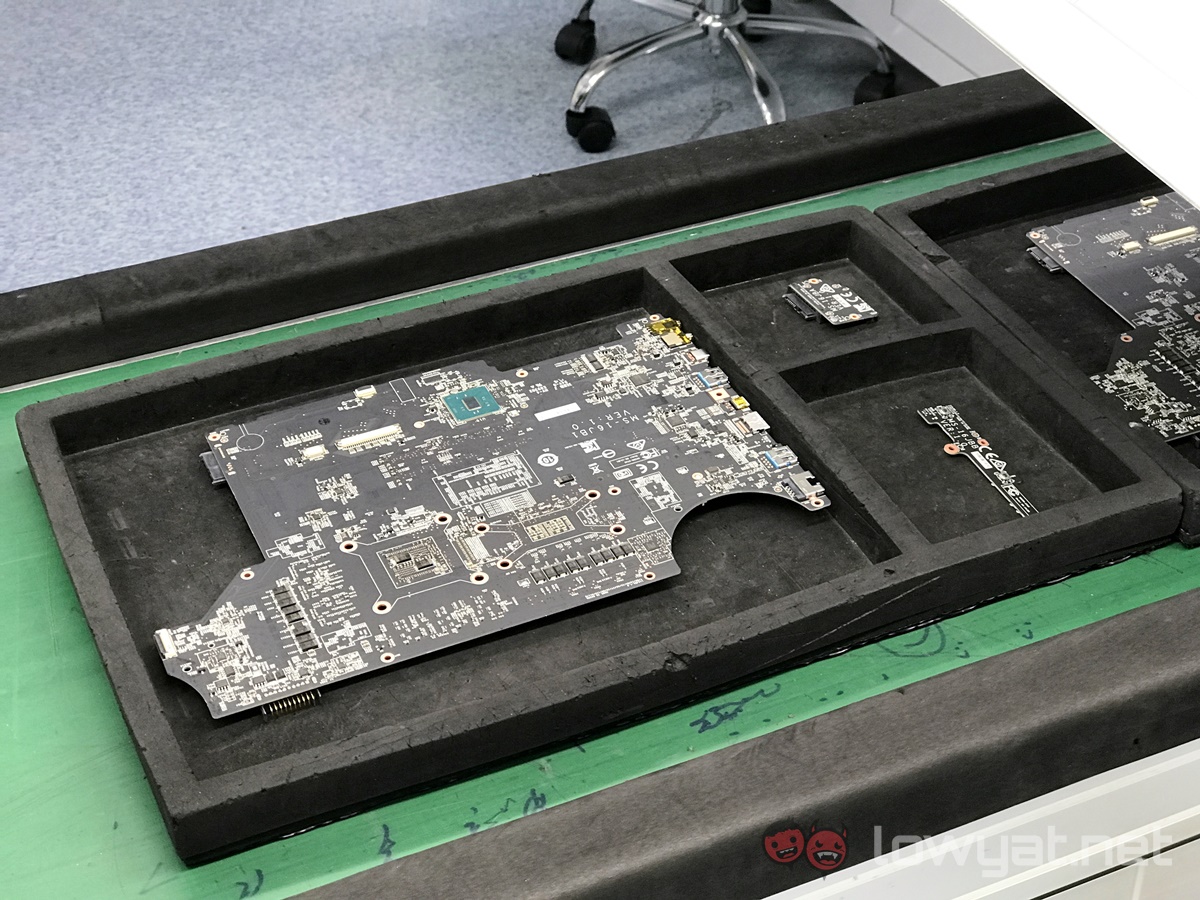 Upon inspection, another machine cuts the PCBs into the shape of the laptop’s motherboard.
Upon inspection, another machine cuts the PCBs into the shape of the laptop’s motherboard.
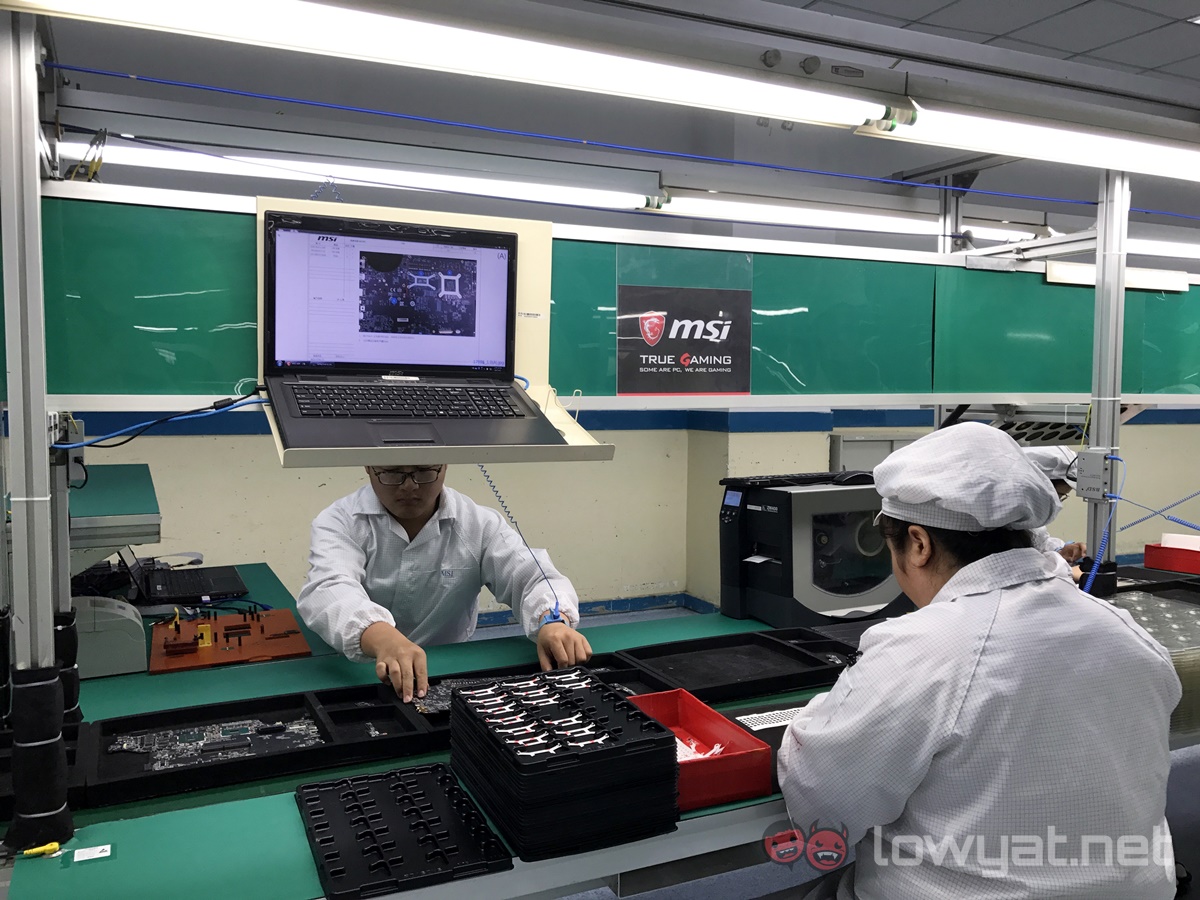 While most of the manufacturing process are now automated, some assembly processes still require manual labour. Here some of the basic parts of the motherboard are soldered on by hand.
While most of the manufacturing process are now automated, some assembly processes still require manual labour. Here some of the basic parts of the motherboard are soldered on by hand.
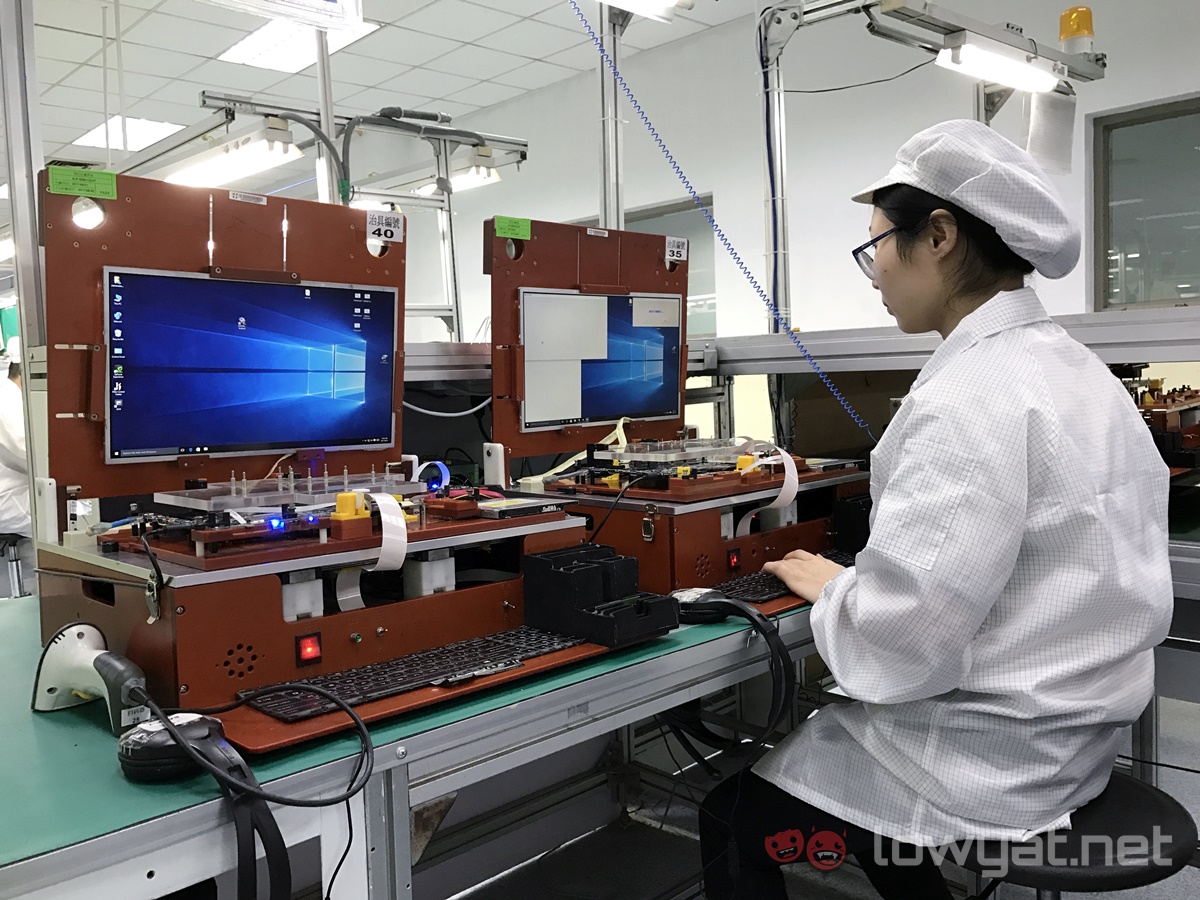 The completed motherboard with barebones hardware is then run to check if the work, before they are tagged and transported to another manufacturing line for the laptops’ assembly.
The completed motherboard with barebones hardware is then run to check if the work, before they are tagged and transported to another manufacturing line for the laptops’ assembly.
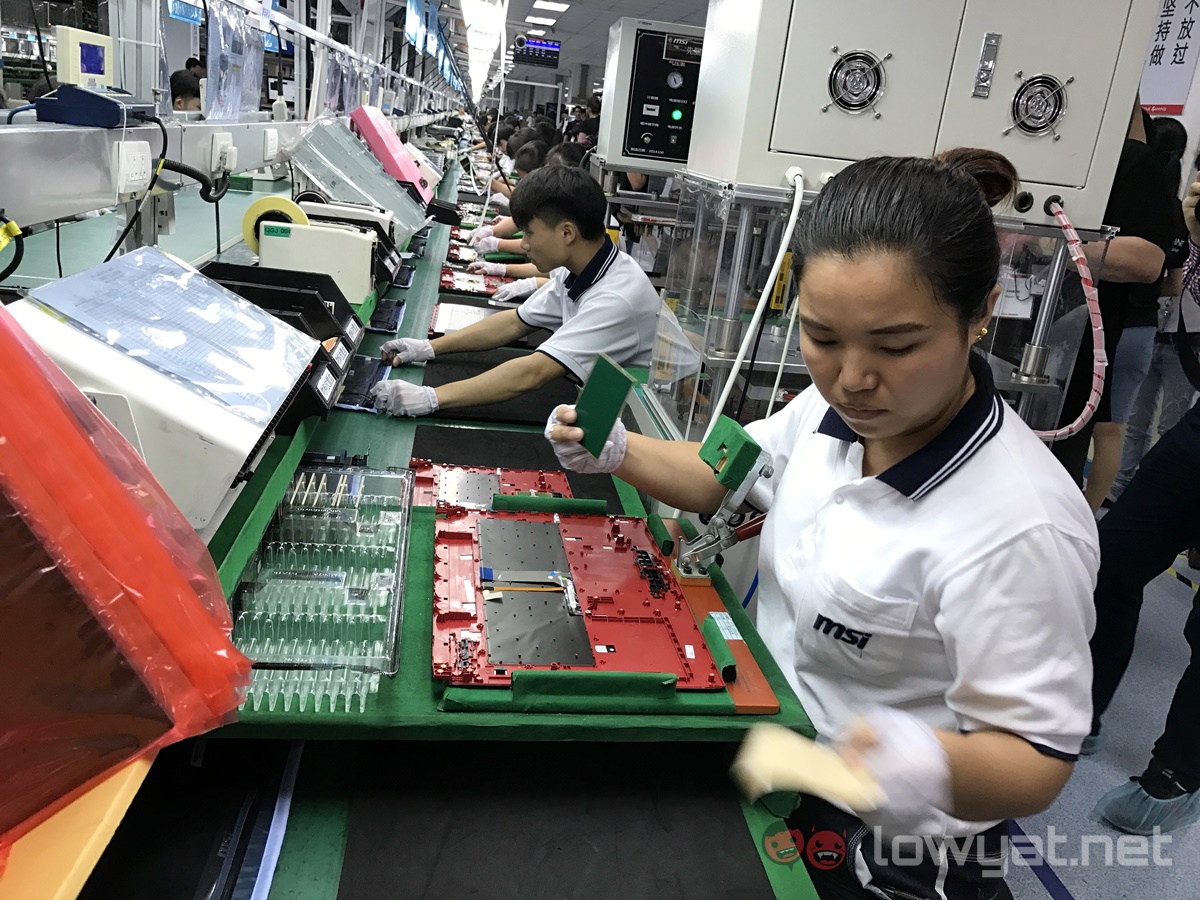 The notebook assembly line starts with the assembly and padding of the bottom panel, before the motherboard is fitted into place.
The notebook assembly line starts with the assembly and padding of the bottom panel, before the motherboard is fitted into place.
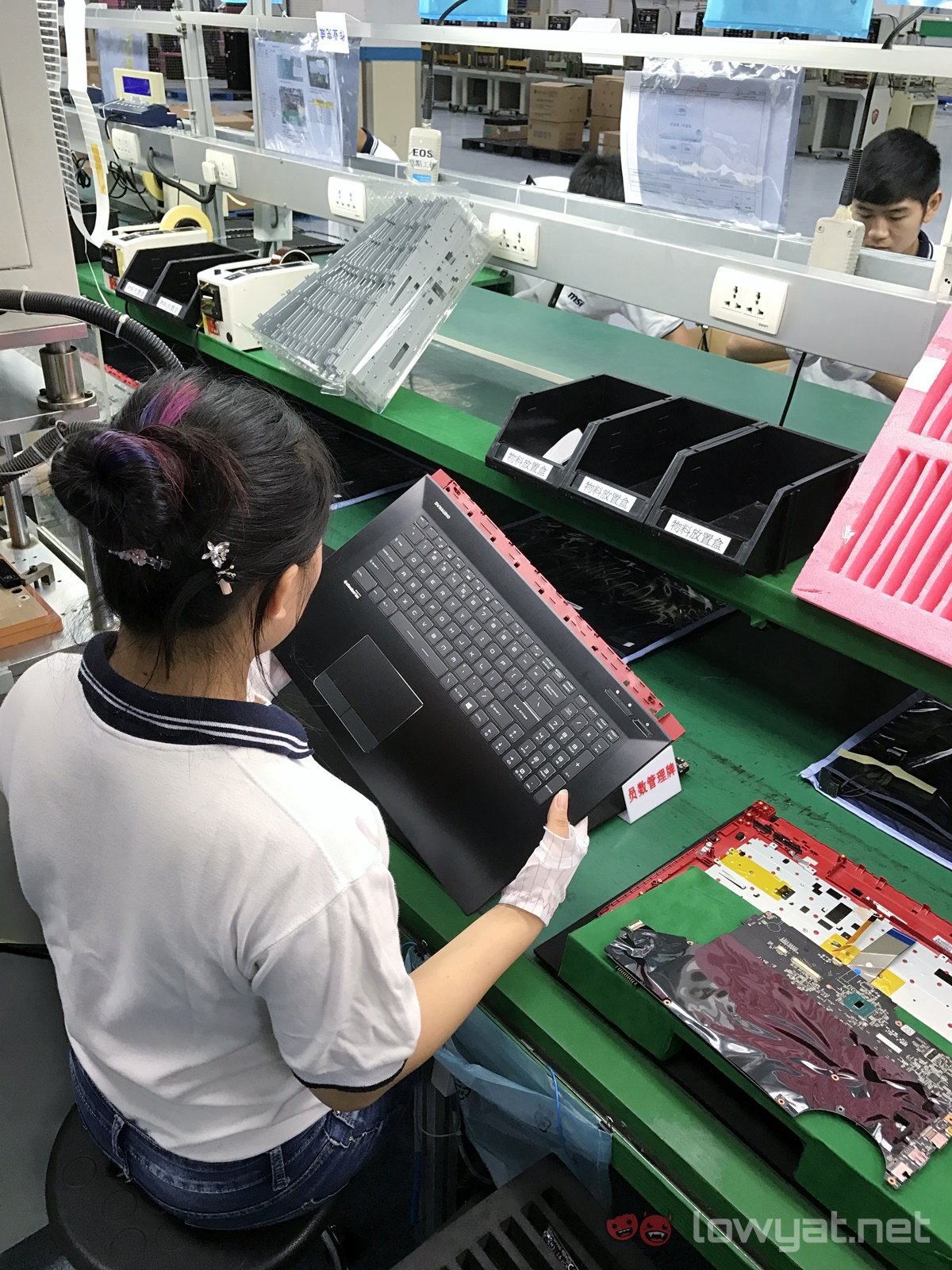 Once again, visual inspection plays a very important role in the manufacturing process. If there are any defects on the keyboard or scratches on the palm rest, they are not used.
Once again, visual inspection plays a very important role in the manufacturing process. If there are any defects on the keyboard or scratches on the palm rest, they are not used.
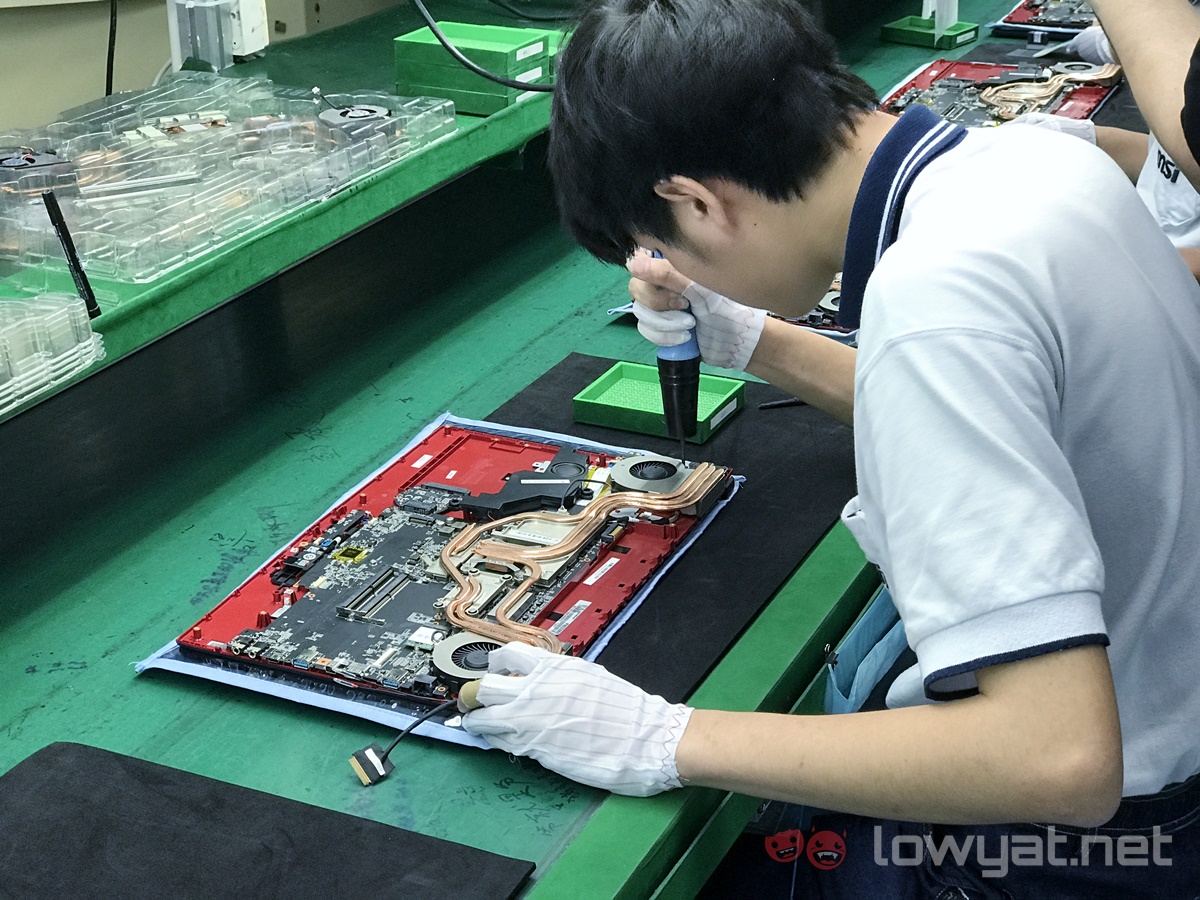 With the motherboard fitted, the rest of the laptop’s hardware are screwed in by hand. Even though the process is done by humans, the production line is highly efficient, with most workers only completing one task at a time.
With the motherboard fitted, the rest of the laptop’s hardware are screwed in by hand. Even though the process is done by humans, the production line is highly efficient, with most workers only completing one task at a time.
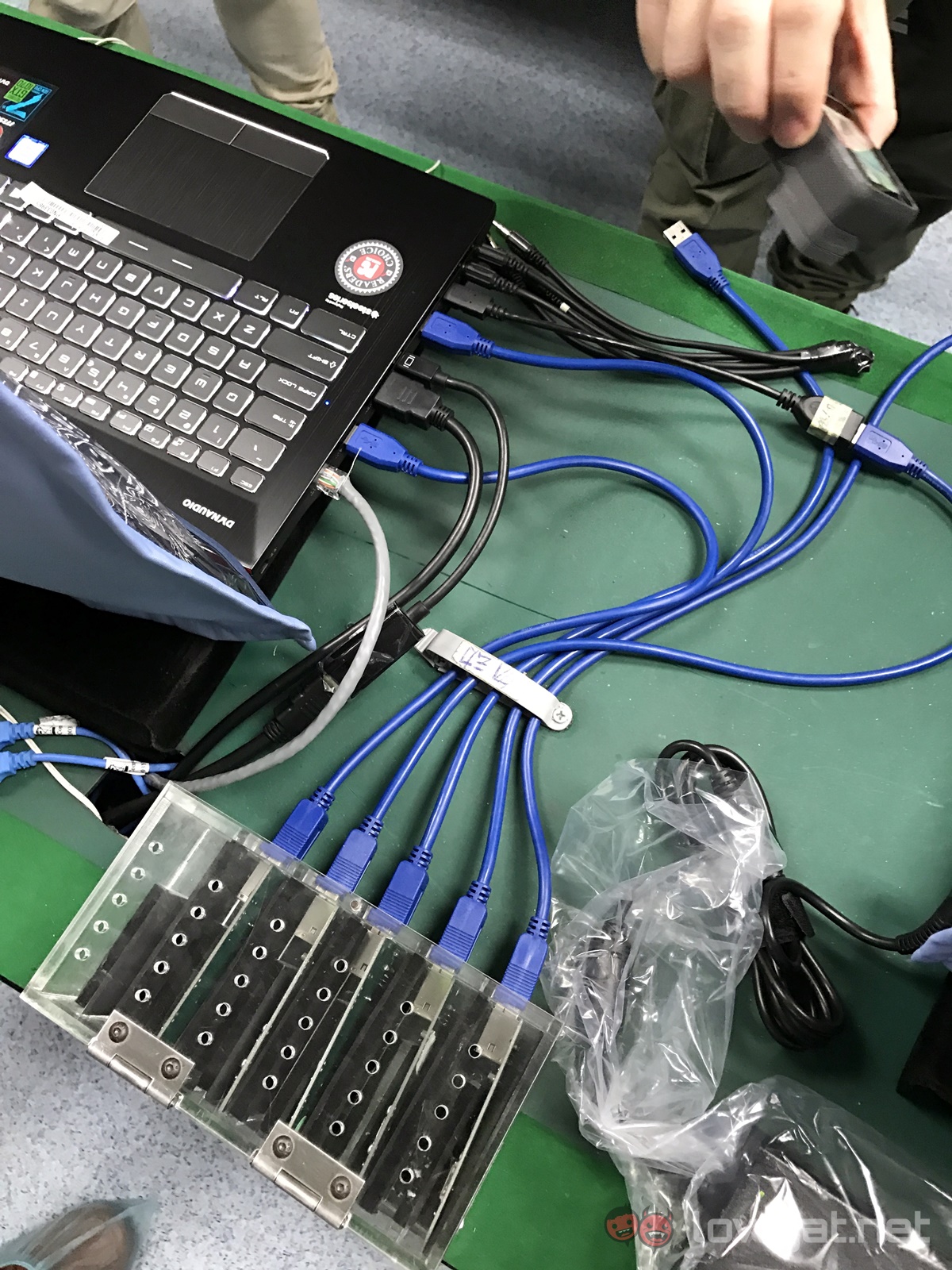 With the laptop fully assembled, they are then switched on. Here, workers test every single I/O port using a proprietary tool that automates tests like file transfer on the USB ports.
With the laptop fully assembled, they are then switched on. Here, workers test every single I/O port using a proprietary tool that automates tests like file transfer on the USB ports.
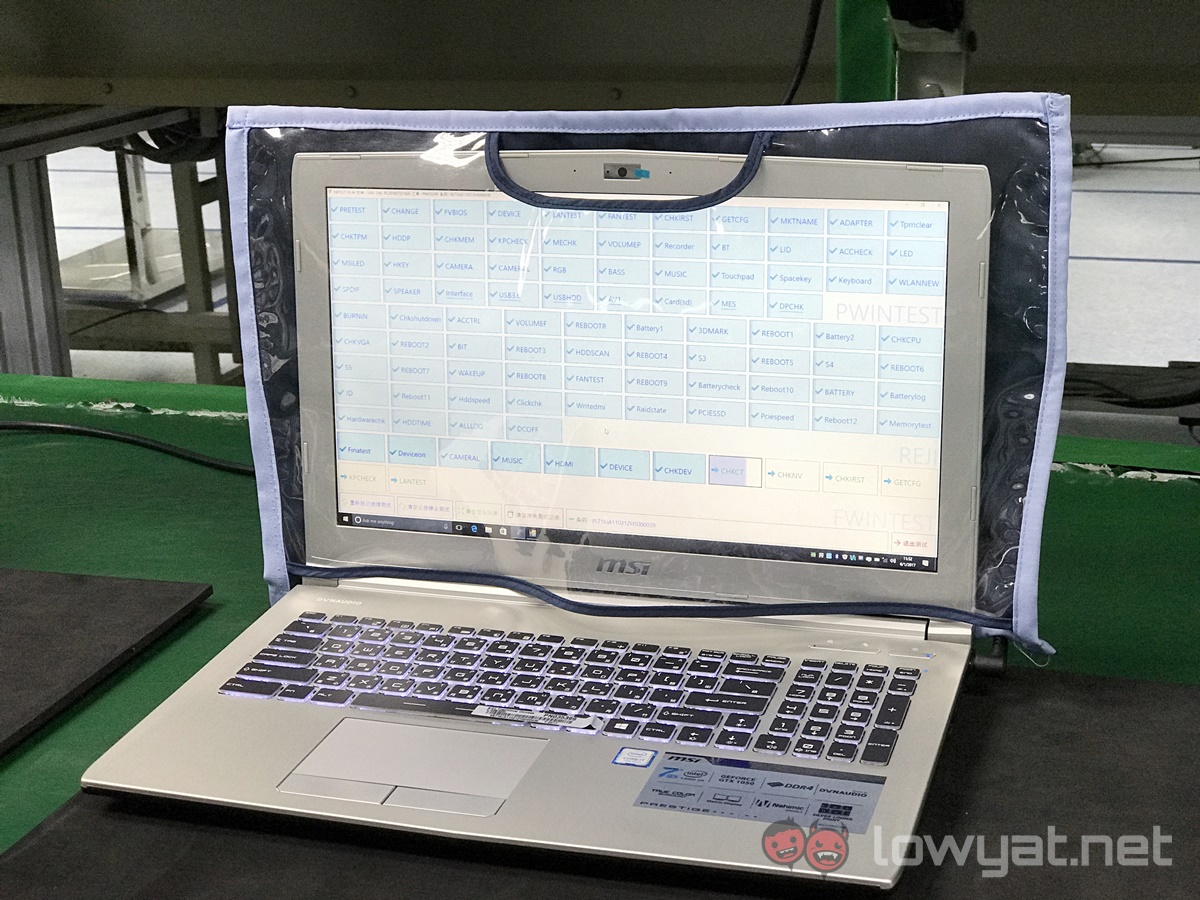 As the laptops continue down the manufacturing line, workers run another proprietary diagnostic software to inspect things like speakers, mic input, display panel, and a whole lot more.
As the laptops continue down the manufacturing line, workers run another proprietary diagnostic software to inspect things like speakers, mic input, display panel, and a whole lot more.
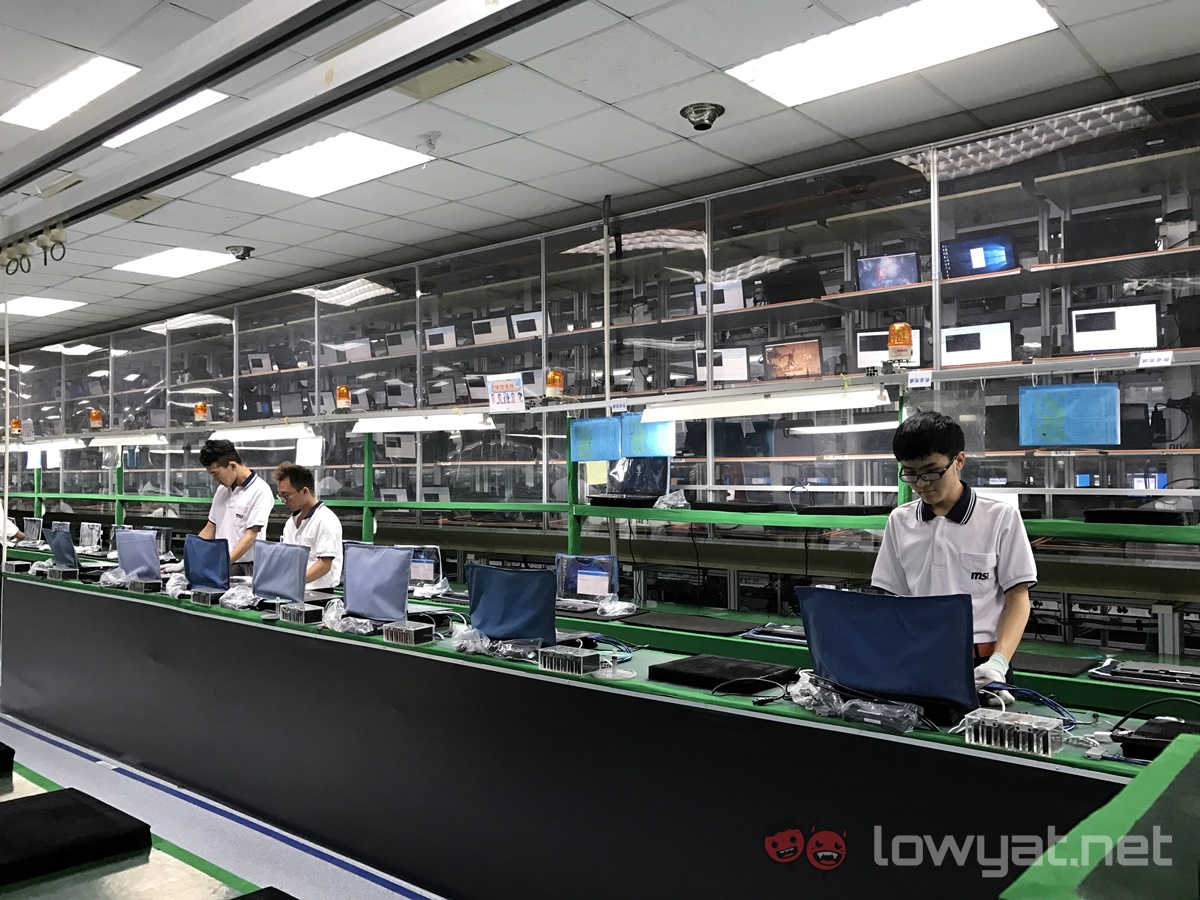 Once that is done, the laptops are placed in a room-temperature controlled chamber, where they will stay there between six to eight hours, running benchmark software to stress test the system. Should a laptop encounter a BSOD, they are removed from the line for further manual inspection.
Once that is done, the laptops are placed in a room-temperature controlled chamber, where they will stay there between six to eight hours, running benchmark software to stress test the system. Should a laptop encounter a BSOD, they are removed from the line for further manual inspection.
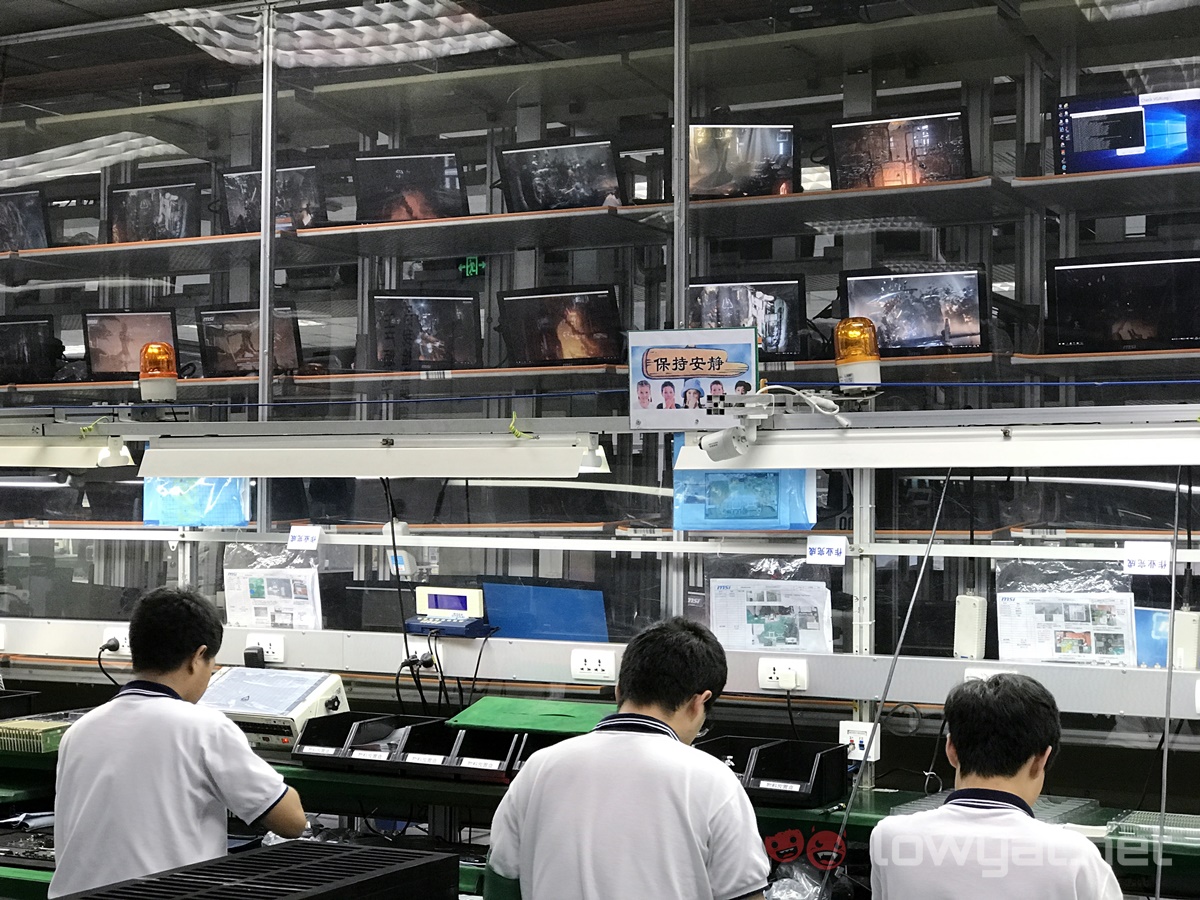 Laptops that pass this test are then shut down, packed, and are ready for shipment to retail outlets around the world.
Laptops that pass this test are then shut down, packed, and are ready for shipment to retail outlets around the world.
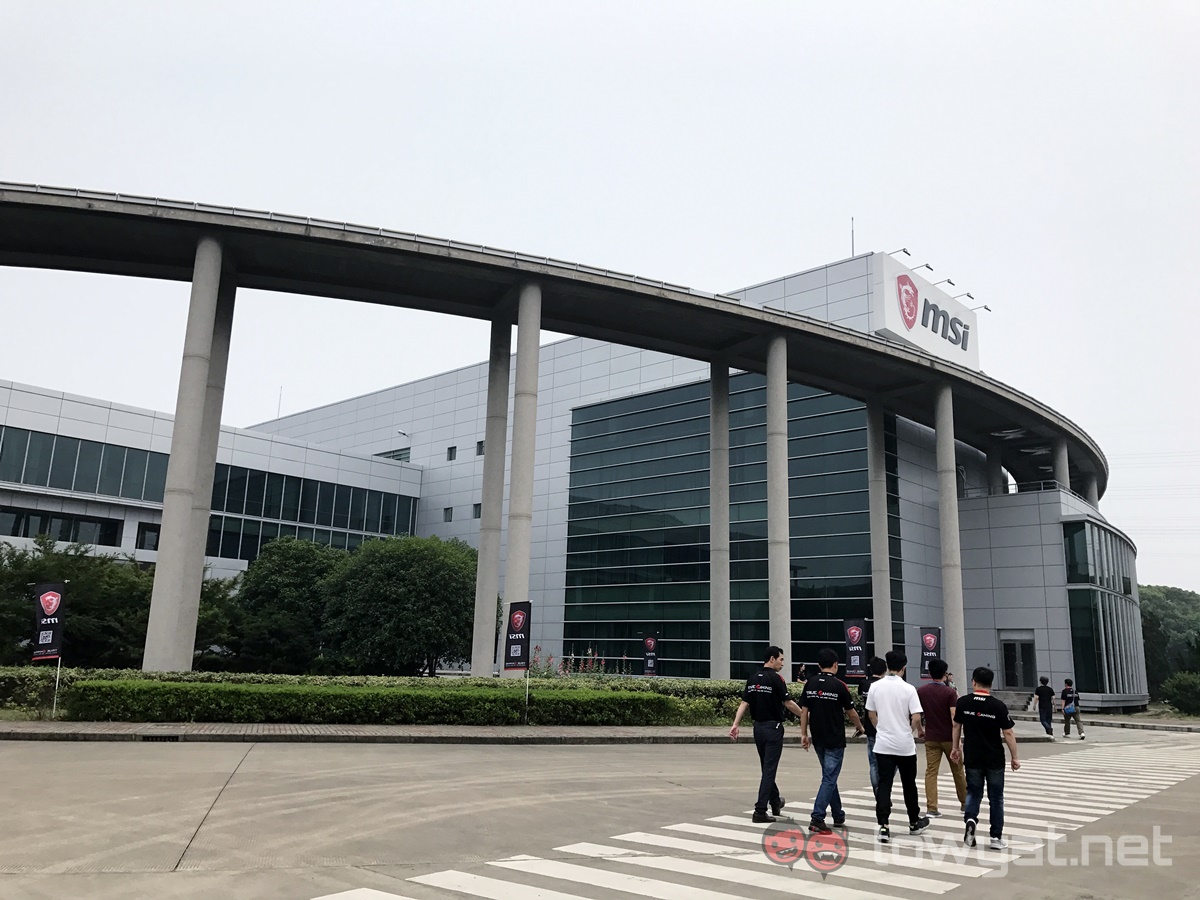 And that’s it! Sadly we were not able to visit the R&D offices for obvious reasons.
And that’s it! Sadly we were not able to visit the R&D offices for obvious reasons.

